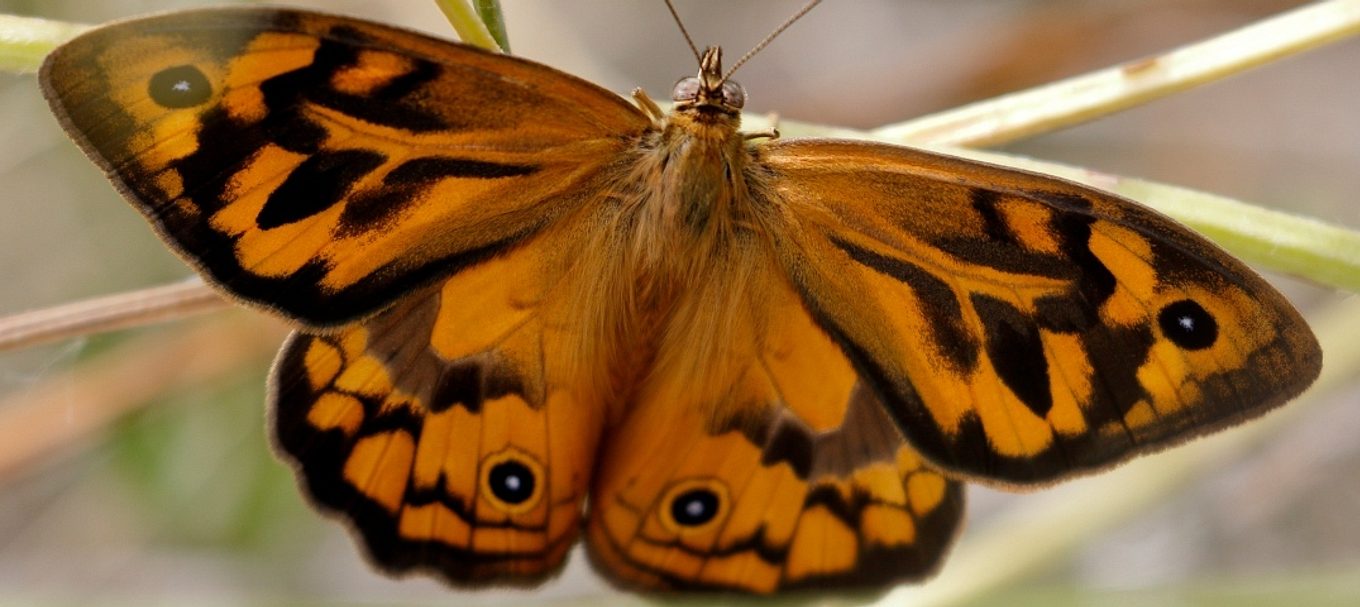
How butterflies benefit the environment
There’s more to butterflies than meets the eye. Find out how they can help the environment – and how you can attract them to your garden.
You might not like caterpillars eating plants in your garden, but without them we wouldn’t have butterflies.
‘So what?’ you ask.
Well, butterflies do more for us than just adding colour and beauty to our gardens. Here’s a few of the ways they help the planet:
1. They pollinate plants in your garden
Butterflies are great for your garden as they are attracted to bright flowers and need to feed on nectar.
When they do this their bodies collect pollen and carry it to other plants. This helps fruits, vegetables and flowers to produce new seeds.
The majority of plants need pollinators like bees and butterflies to reproduce.

2. They’re an indicator of a healthy environment
A garden that attracts butterflies will also bring native bees and birds.
They are all really good for the environment and play a role in increasing biodiversity – the variety of plants, animals and micro-organisms and their ecosystems.
Unfortunately for butterflies, they are also an important — though low-level — member of the food chain.
They’re a food source for birds, spiders, lizards, mice and other animals. Caterpillars are also eaten by bats, birds and other animals.
If butterfly populations diminish (or disappear altogether!), the impact will be felt higher up and can affect the entire ecosystem.
Because butterflies are so sensitive to habitat and climate change, scientists are monitoring them as one way of observing the wider effects of habitat fragmentation and climate change.
3. Scientific value
Entomologists have long studied butterflies and their habitats. With this information, we can study the impact of habitat degradation and loss of species, or increase of species.

- How we can help protect butterflies
We need butterflies, but it could also be argued that since they’ve been around for millions of years, they deserve to be protected. Here are some ways you can help protect butterflies:
- You can help by providing the right habitat for them. Each species’ caterpillars will only eat a specific plant type. In South Australia this includes grasses, sedges, pea flowering plants, bushes and mistletoe. By planting these, you will encourage butterflies to lay caterpillar eggs in your garden.
- Try to minimise chemical use in your gardens, as pesticides and chemicals are lethal to all insects, including caterpillars.
- Butterflies are fussy eaters. Ensure you have a variety of host plants for butterflies to lay eggs on and caterpillars to feed. Plant nectar-producing plants in your garden to ensure there is enough available nectar to attract them to your garden.
- Upload your observations on platforms such as iNaturalist. This will provide a bigger picture of where species are found.
- If you live near a bushland or coastal area, check what you could attract to your garden by taking inspiration from local ecosystems.
You can learn more about butterflies and how to attract them to your garden by visiting the Butterfly Conservation SA website. Or learn from gardening guru Sophie Thomson as she provides advice about creating a butterfly habitat.
Green Adelaide also has resources available to the public. Visit the Green Adelaide website.
Main image: common brown butterfly (image courtesy of Ed Dunens in line with Creative Commons licensing)





